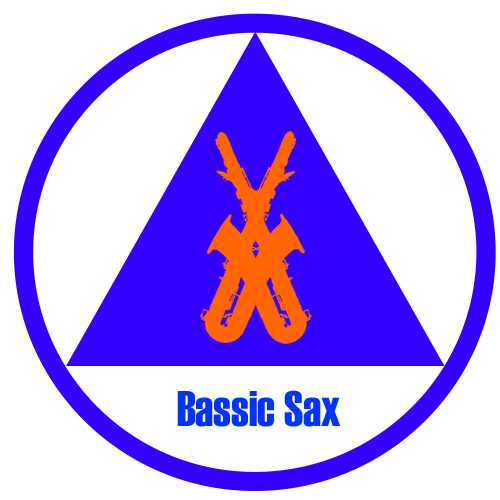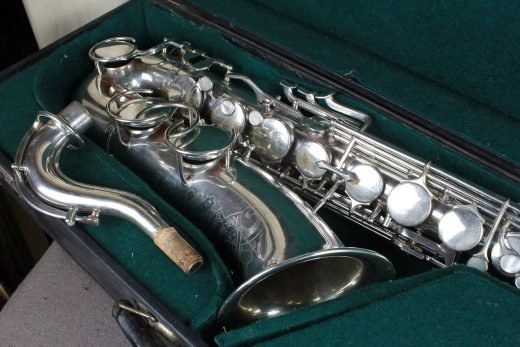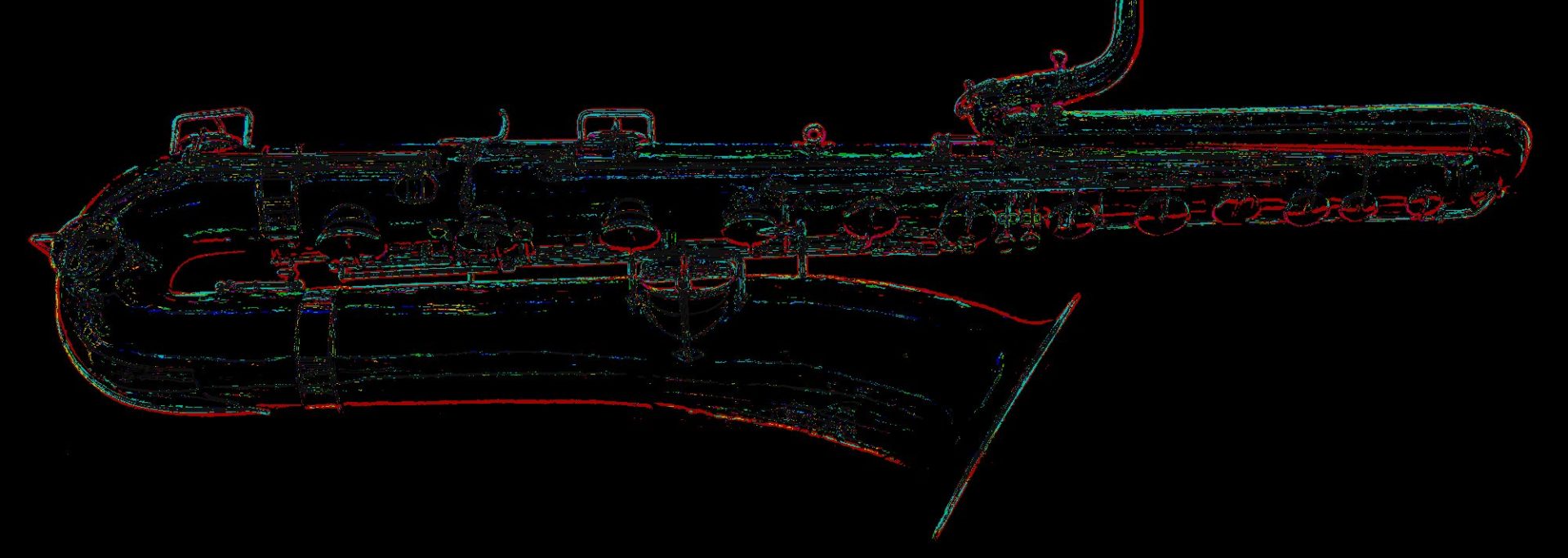 I am very pleased to announce that earlier today I published the entirely new, completely updated Hammerschmidt section in the Bassic Sax website. All totalled this represents over a decade of data collection into this strange, and rather obscure vintage, German brand from Burgau, Bavaria.
I am very pleased to announce that earlier today I published the entirely new, completely updated Hammerschmidt section in the Bassic Sax website. All totalled this represents over a decade of data collection into this strange, and rather obscure vintage, German brand from Burgau, Bavaria.
The new Hammerschmidt Klingsor/n section now spans multiple pages—rather than 1 super long one—and has a separate page that contains a database-driven table for ease of searching. This table lists all the horns that I have catalogued over the years and their features.
If you’re new to the Hammerschmidt party, the company made some of Germany’s most beautiful and intricate mid-century saxophones. Unfortunately, some are not without their issues. That said, many play completely fine, and this enormous update tries to organize the various horns into the various Versions and stages.
The following is a listing—a table of contents if you will—of what you’ll find in the new Hammerschmidt section of Bassic Sax.
- Company history
- Altos & tenors
- Hammerschmidt today
- Late-model Klingson saxes
- Early sources & examples of their horns
- Klingsor vs. Klingson
- Hammerschmidt features
- Tone holes
- Soldered & bevelled
- Drawn & rolled
- Key Guards
- Wire
- Plexiglas
- Metal
- Which guards were better?
- Tone holes
- Hammerschmidt catalogue
- Klingsor/n finish options
- Engraving styles
- Klingson
- Klingsor
- Notable stencils
- Neck styles – 7 in total
- The infamous neck issue on some of their horns
- Round thumb screw
- Post shapes
- Octave patent
- Link pinkie cluster shapes
- Trill & accessory keys
- Serial number list
- Stencil horn names
- Demise of Hammerschmidt saxophones
It should go without saying that if you have a Hammerschmidt-made saxophone that is not yet in this list, please reach out and let me know. I would very much like to get its particulars recorded in the database. Thank you.




